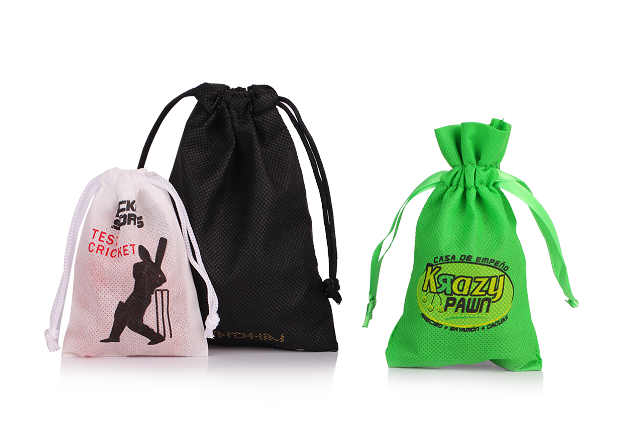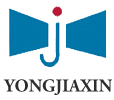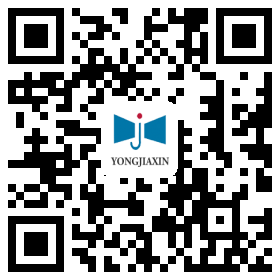What material is the non-woven drawstring bag made of?
The non-woven drawstring bag is made of non-woven fabric. It is a new generation of environmentally friendly materials. It is moisture-proof, breathable, flexible, light, non-combustible, easy to decompose, non-toxic and non-irritating, rich in color, low in price, and recyclable Reuse, and other characteristics. The material can be naturally decomposed when placed outdoors for 90 days, and the service life is as long as 5 years when placed indoors. It is non-toxic, odorless, and contains no leftover substances when burned, so it does not pollute the environment.
Non-woven bundle bag is a kind of non-woven fabric, which directly uses polymer chips, short fibers, or filaments to form a new type of fiber product with soft, air-permeable, and flat structure through various web forming methods and consolidation technologies. Advantages: non-woven bags are inexpensive and good-quality, environmentally friendly and practical, widely used, and have prominent advertising positions. It is suitable for all kinds of business activities and exhibitions and fairs. It is an ideal advertising promotion gift for enterprises and institutions.

The raw material of the non-woven bundle bag is polypropylene, and the raw material of the plastic bag is polyethylene. Although the names of the two substances are similar, the chemical structure is far different. The chemical molecular structure of polyethylene is very stable and extremely difficult to decompose, so it takes 300 years for plastic bags to be decomposed; while the chemical structure of polypropylene is not strong, the molecular chain can easily be broken, which can be effectively degraded, And enter the next environmental cycle in a non-toxic form, a non-woven bag can be completely decomposed within 90 days.
According to different production processes, it can be divided into:
1. Spunlace: It is to spray a high-pressure fine water stream onto one or more layers of fiber webs to entangle the fibers with each other so that the fiber webs can be reinforced and have a certain strength.
2. Heat-sealing non-woven bag: refers to adding fibrous or powdery hot-melt adhesive reinforcement material to the fiber web, and then the fiber web is heated, melted, and cooled to form a cloth.
3. Pulp air-laid non-woven fabric bags: also known as dust-free paper and dry paper-making non-woven fabrics. It uses air-laid technology to open the wood pulp fiberboard into a single fiber state, and then uses an air-flow method to agglomerate the fibers on the web curtain, and then strengthen the fiber web.
4. wet-laid non-woven bag: It is to open the fiber raw materials placed in the water medium into single fibers, and at the same time mix different fiber raw materials to form a fiber suspension slurry, which is transported to the web forming mechanism, and the fibers are in a wet state. Down into a net and then reinforced into a cloth.
5. Spunbond non-woven bags: After the polymer has been extruded and stretched to form continuous filaments, the filaments are laid into a web, and the web is bonded by itself, thermally bonded, chemically bonded, or mechanically The reinforcement method makes the fiber web become non-woven fabric.
6. melt-blown non-woven bag: The process: polymer feeding---melt extrusion---fiber formation---fiber cooling---netting---reinforcement into cloth.









